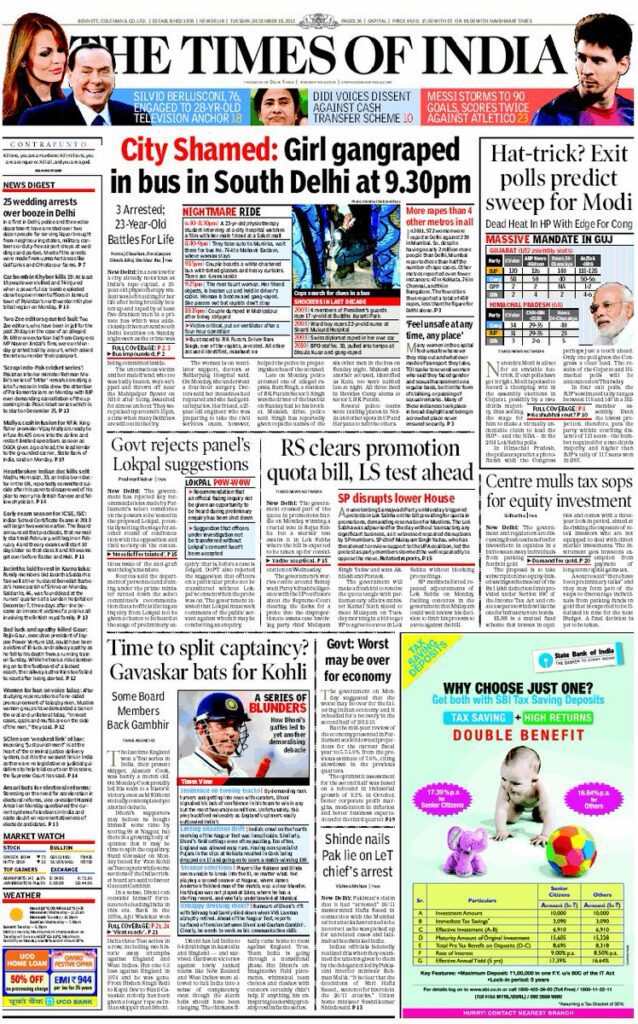Iconic Ads: The Economist

David Abbott realized that focusing on The Economist brand rather than the content would give the magazine significantly more attention.
David Abbott had his reservations when he was asked to pitch for The Economist business.
Media owners were notoriously tough to deal with, with their strict schedules and interfering editors. Plus his agency, Abbott Mead Vickers, was quickly acquiring more clients than it could handle. So, Adrian Vickers was asked to tell them no!
Fortunately, David Gordon, The Economist’s then-CEO, was not a man who took no for an answer. Gordon persuaded AMV to change its mind after seeing the firm’s campaign for Sainsbury’s and hearing Abbott’s presentation that his agency was the best fit for the job.
Nonetheless, Abbott came close to not working on the well-known campaign at all.
Something about the reception of his proposal convinced him that The Economist was underwhelming. So he informed the publisher that he had changed his mind about working on the account. Abbott was well-assured in his abilities, and he had little to lose with so many people knocking on his door. The magazine, on the other hand, had other plans and found itself in the unique situation of having to persuade Abbott to accept the position.
Gordon of The Economist’s version of the story is that they didn’t like the long copy Abbot wrote and informed him so, which irritated Abbot.
“It was fashionable at the time for media advertisements to be content-driven, which meant you’d be working all evening on Wednesday after it went to press. We figured it would be too much hassle, so we’d gracefully bow out before receiving the rejection. However, I was mistaken “Abbott reminisces.
His concerns were confirmed at first. Every week, the AMV team would get a call on Wednesday night to tell them what was going on in the magazine. The account director would brief the creative teams and then wait nervously for them to come up with something. They would rush back to the client with the finished work in time for the advertisements to appear the following day.
Abbott quickly realized that focusing on the Economist brand rather than the weekly content would give the magazine significantly more attention.
“We’d had a discussion and decided to put together a more cohesive campaign. I was at my desk that evening idly flicking through my Economist looking for ideas and noticed the shape of the masthead was exactly that of a 48-sheet poster,” he declared.
“That’s the poster, I thought, and then it was just a matter of coming up with the phrases. We knew we’d nailed it after we’d completed one or two. Mathematicians have told me that you can tell whether a formula is correct right away, and the Economist campaign was no exception.”
The campaign’s central premise – that reading The Economist helps you advance – was never the most enticing of ideas. However, Abbott’s favourite advertisement, the first, set the tone with its lighthearted wit and notion of the brand as a sort of elite club.
Credit also to art director Ron Brown who gave the layout for the campaign that became the standard for the future.
Other similar executions followed, and the signature white-on-red is now so well-known that you can recognize the brand easily. The formula remains consistent, even if each campaign includes a slight deviation.









